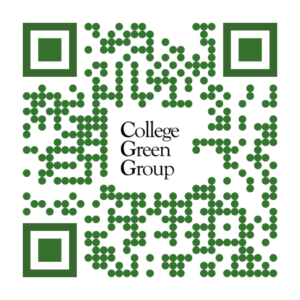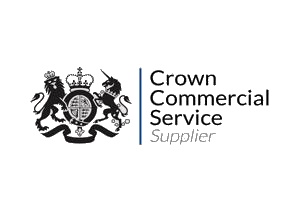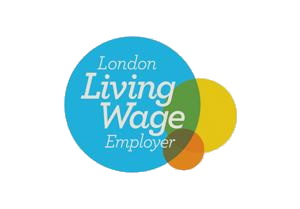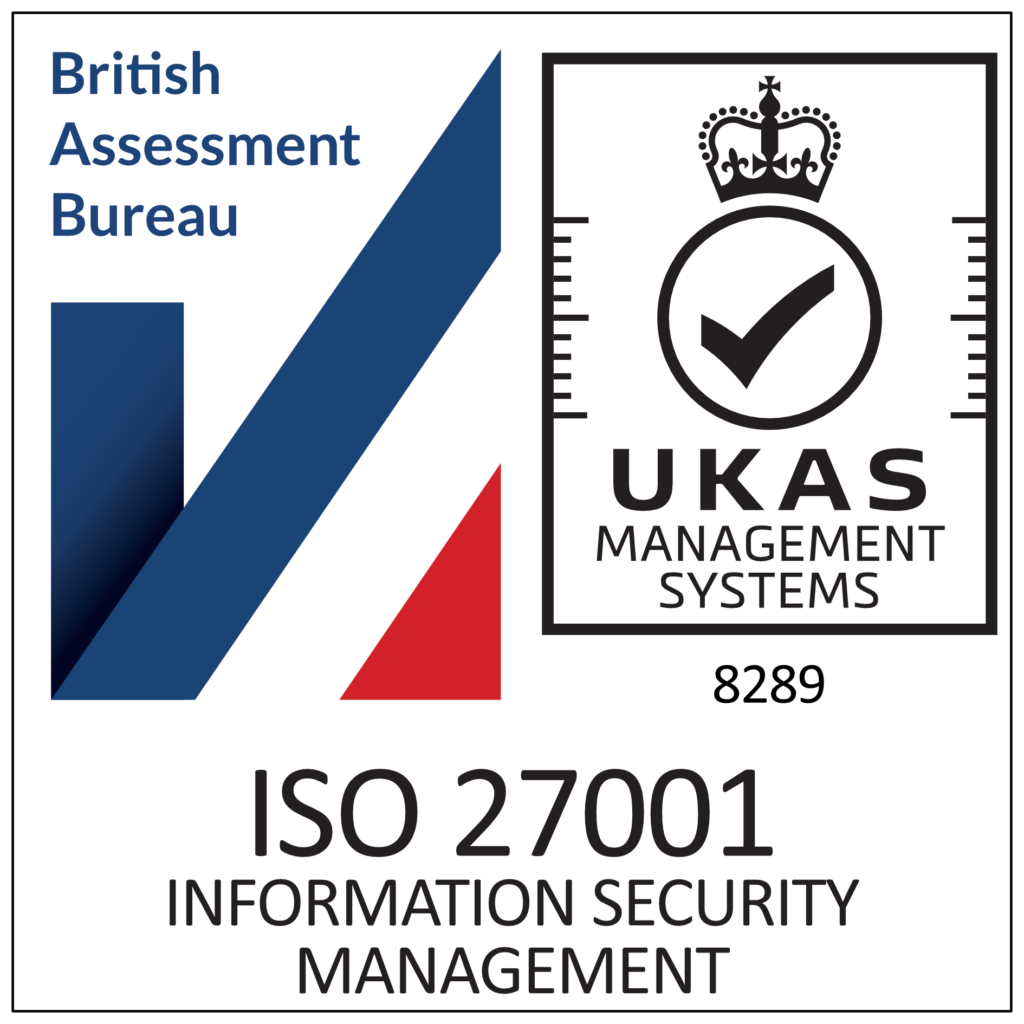Blogs
How and why you should consider incorporating QR codes into campaign literature
Our volunteers’ time is precious and as the recent three by-elections have shown, should be used wisely to have the most impact. The “rusty machine” referred to in a recent article on this site can be oiled with the right tools and can be brought back to life. Here is an example that costs nothing.
A QR code on your literature ensures you will get responses quicker and are more likely to collect email addresses. Here’s what might happen.
A leaflet has been delivered and the busy elector scoops it up with the rest of their post as they return from work.
As they cook their evening meal, they sort through the mail and discard the menus and estate agent fliers, but your leaflet catches their eye, because there’s a plan for a new housing development near them and the option to fill out a survey.
After trying three times to type “www. littlesnodderburyconservativeassociation.com/ housingdevelopmentsurvey” into the browser on their phone, whilst chopping the carrots, the busy elector gives up and tosses the leaflet in the recycling with the other discards. The alternative to this scenario is a QR code like this.
“Open the camera on your phone and scan here to take our survey” takes up no more room than the long url quoted above. But the busy elector is taken straight to the survey on your website, where they can complete it. Hopefully, they also give you their email address and mobile number and confirm that you can use their data to contact them about this and other campaigns.
QR codes have been a quirky addition to marketing campaigns for some time, but with near ubiquitous smartphone use, especially amongst those hardest to canvas by traditional methods, they are a tool all campaigns should be using to maximise data capture.
Innovation in this area has gone as far as an online gaming company using hundreds of drones to form a huge QR code in the night sky which, when wowed crowds below pointed their cameras at it, opened their browser and took them to the site where they could buy the game. Perhaps a little bit of a stretch to see how this might replace the banner flown behind the light aeroplane on Polling Day, but it could be on your GOTV literature and take people to the Council website so people can find their Polling Station, or on GOTPV literature and take people to a YouTube site where your candidate takes them through how to use their vote.
QR codes can also be designed to match your company or party logo, adding to brand awareness. They can even spell out a candidate’s name.
 One further advantage of QR codes is that they do not just take electors to your website; they also provide you with tracking information. So you will know how many times it has been scanned. If you are sophisticated, you can use different QR codes on different leaflets (say, for different wards), which even if they take the electors to the same survey, will give you a result by ward for the level of response. This can tell you about the electors, but also about how well you’re covering the ground with your deliveries.
One further advantage of QR codes is that they do not just take electors to your website; they also provide you with tracking information. So you will know how many times it has been scanned. If you are sophisticated, you can use different QR codes on different leaflets (say, for different wards), which even if they take the electors to the same survey, will give you a result by ward for the level of response. This can tell you about the electors, but also about how well you’re covering the ground with your deliveries.
As we try to work out the best ways to gather information from the electorate, whether past vote history, voting intentions, or issue positions, we need to make that as easy as possible for our precious activists, but also for the electors themselves. QR codes are a quick and simple way to do that.
This blog originally appeared on Conservative Home.

John Moss is a Councillor in Waltham Forest and has held a variety of senior roles in the voluntary party for over twenty years. The College Green Group team also includes people who have been senior volunteers, candidates and campaign managers for multiple elections. Our approach is to work alongside you to equip and enable you to maximise your ability to be successful in both the assessment process and at every other step along your journey to Westminster.



